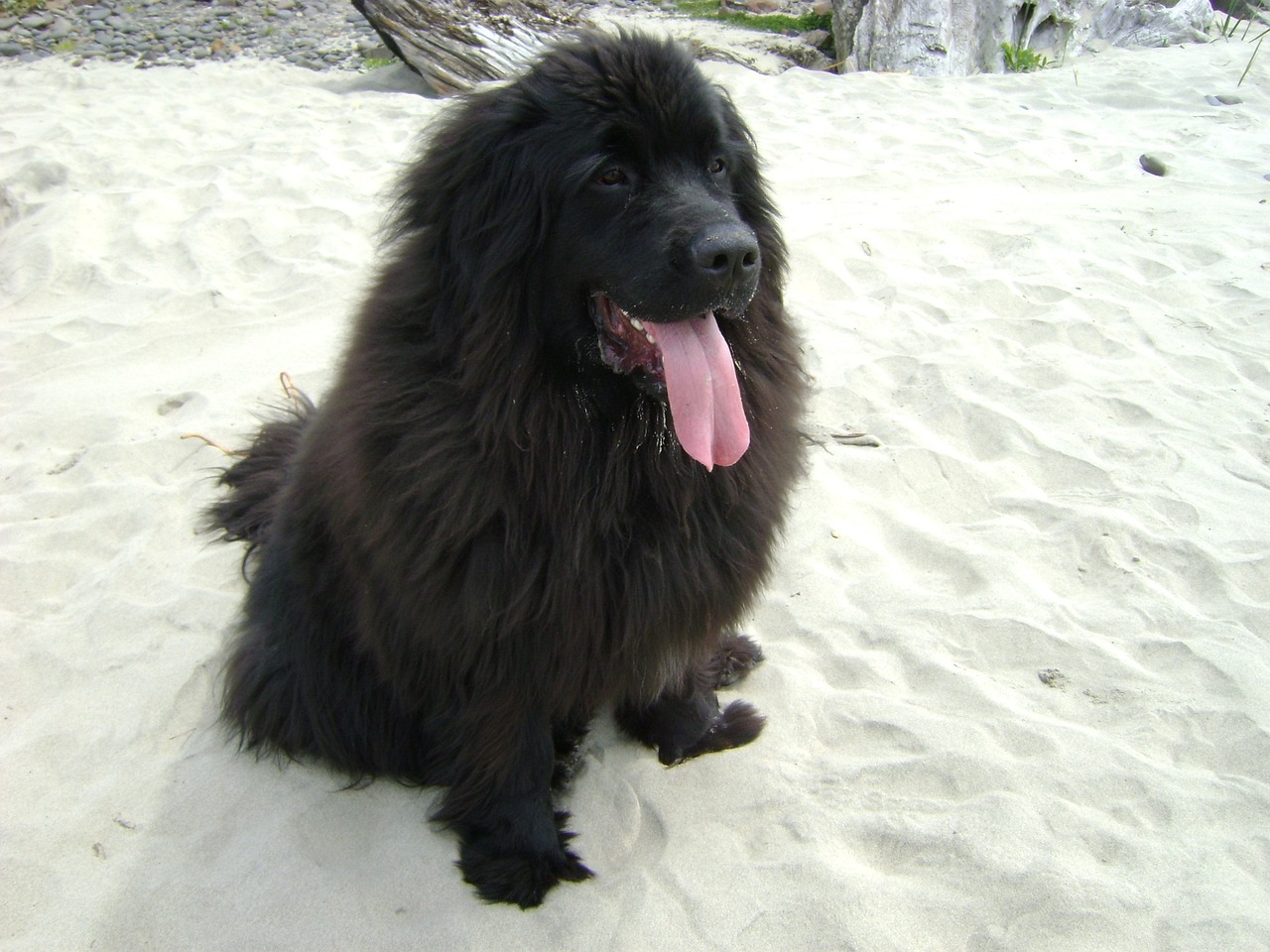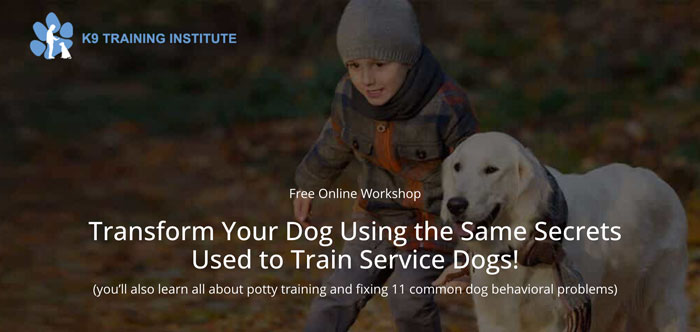Newfoundlands are renowned for their gentle nature, impressive size, and loving temperament. Their friendly personality often leads them to enthusiastically greet their human companions. However, their excitement can translate into jumping behavior, which, given their considerable size, can pose risks. Here, we offer five practical tips to help you teach your Newfoundland not to jump on people.
⚠️ Note: While the tips below should get you started, it’s important to realize that for best results, you should take your German Shepherd through a more complete dog training course. Consider looking into an online training course that specifically addresses jumping (we like SpiritDog’s “Focus” course or K9 Institute’s Dog Masterclass)
1. Utilize Positive Reinforcement
Newfoundlands are intelligent dogs with a keen desire to please their owners. This trait makes them highly receptive to positive reinforcement. To discourage jumping, focus on rewarding the behaviors you want to see, such as sitting or standing calmly. Use treats, verbal praise, or a favorite toy whenever your Newfoundland interacts with you or others without jumping. Over time, your dog will learn that they receive rewards for calm behavior, not for jumping.
2. Teach Basic Commands
‘Sit’ and ‘off’ are two essential commands that can help manage jumping behavior. Teach your Newfoundland to ‘sit’ when greeting people. Whenever they follow the command, immediately provide a reward. If your Newfoundland jumps up, use the ‘off’ command and guide them gently to the floor. Reward them for obeying the ‘off’ command to reinforce the idea that four paws on the ground lead to positive outcomes.
3. Ignore the Jumping
Ignoring your Newfoundland when they jump can prove effective. Dogs often jump up to get attention. If your Newfoundland jumps, immediately turn your back, avoid eye contact, and refrain from verbal responses. Once your dog calms down and their four paws are on the ground, give them the attention they seek. This strategy teaches your dog that jumping up results in the opposite of what they desire – attention.
4. Implement Time-Outs
If your Newfoundland continues to jump, you might consider introducing time-outs. This technique is not about punishment, but rather about giving your dog a chance to calm down. Guide your Newfoundland to a quiet, safe area where they can take a break. By consistently implementing time-outs when your dog jumps, they’ll learn that this behavior interrupts fun and social interactions.
5. Consider an Online Dog Training Course
Lastly, online dog training courses can be highly beneficial. These courses offer a comprehensive approach to various behavioral issues, including jumping, designed by professional dog trainers. They provide practical strategies for addressing these issues effectively and humanely.
One of the primary advantages of online dog training courses is the convenience they offer. You can learn at your own pace, in the comfort of your own home. Typically, these courses include a mix of video demonstrations, written content, and community forums where you can interact with other dog owners facing similar challenges.
Our 2 favorite courses that address dogs jumping on people are:
1. SpiritDog’s Focus Course (best on a budget)
The “Focus in Public – Out and About” course by SpiritDog Training, led by expert trainer Steffi Trott, is designed to help dog owners improve their pets’ behavior in public. The course includes 21 lessons covering topics such as achieving full dog engagement, training perfect heels, teaching dogs to settle on a mat anywhere, and playing fun games in public places. The course has lifetime access and a 60-day money-back guarantee.
2. K9 Training Institute’s “Dog Masterclass” (best overall)
More than just a course that teaches your dog not to jump, this more comprehensive training class tackles any behavior problem you might face with your dog.
Teaching your Newfoundland not to jump on people is a process that requires patience, consistency, and understanding. Each dog is unique and learns at their own pace. It’s crucial not to rush the process or get discouraged if progress seems slow. Celebrate small victories, stay patient, and consistently reinforce the behaviors you want to see. With these tips and continued dedication, your Newfoundland will learn to greet people in a manner that is safe and respectful, enhancing the joy of their companionship for everyone involved.


 Toledo, United States.
Toledo, United States.
